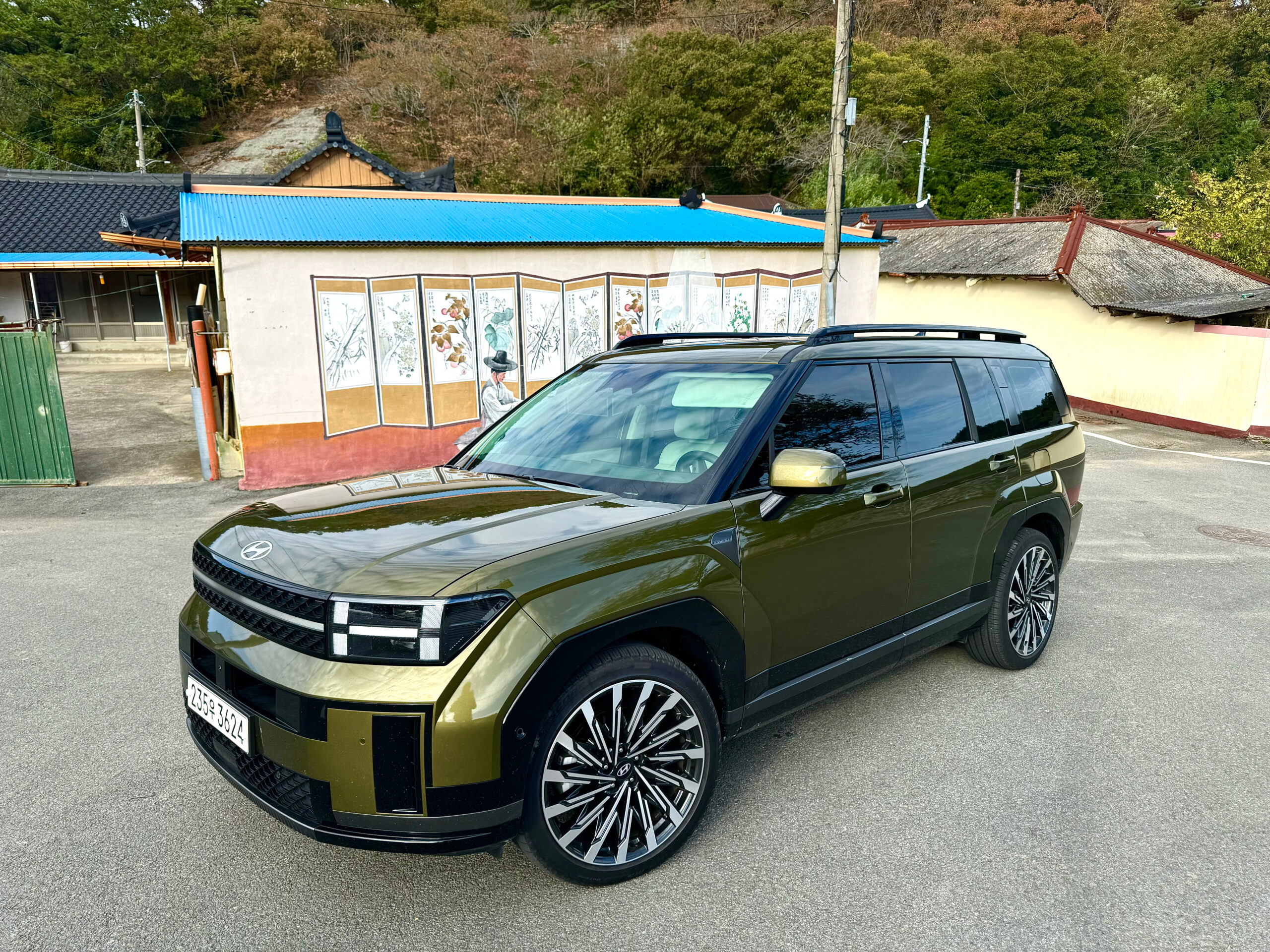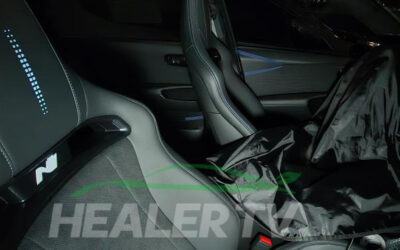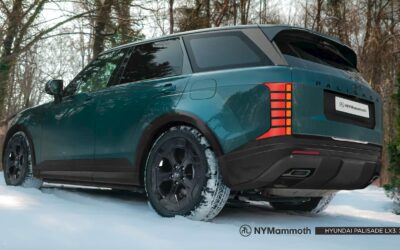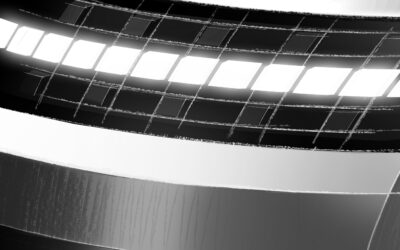The Santa Fe is no longer just an average SUV. The latest Hyundai Santa Fe, reflecting trends, has evolved into an innovative model. Not only has its appearance changed significantly, but its character has also been transformed. Once representing a city-focused SUV, the Santa Fe has now expanded its reach to embrace outdoor life. Did Hyundai make the right decision with the trend-driven 5th generation Santa Fe? Hit the jump and discover it.
Approximately four and a half years ago, a pandemic engulfed the world. It seemed like an escape was needed from the dark and long tunnel of the pandemic era. Demand for outdoor activities such as camping, car camping, fishing, golfing, and cycling skyrocketed while minimizing contact with others.
During this period, Hyundai embarked on the development of the new Santa Fe. In an effort to capture the concept of the 5th generation Santa Fe, Hyundai, through big data analysis, noticed the dominance of outdoor culture. This background led to the birth of the Santa Fe, aiming to encompass both city and outdoor concepts.
The Santa Fe encountered at the test drive starting point had a square and upright appearance that evoked authentic SUV design. Unusually, the design started from the rear, moving forward, with the intention of turning the trunk into a connection point linking daily life and outdoor activities. To achieve this, a spacious trunk entrance, closer to a complete square shape, was necessary.
This led to the lower positioning of the tail lamp. Furthermore, delicate touches were added, such as maximizing the trunk gas lift position to the outer edge and lowering the mounting position as much as possible. Although the low-positioned tail lamp may take some time to get used to, it’s challenging to conclusively deem the design as lacking in overall completion.
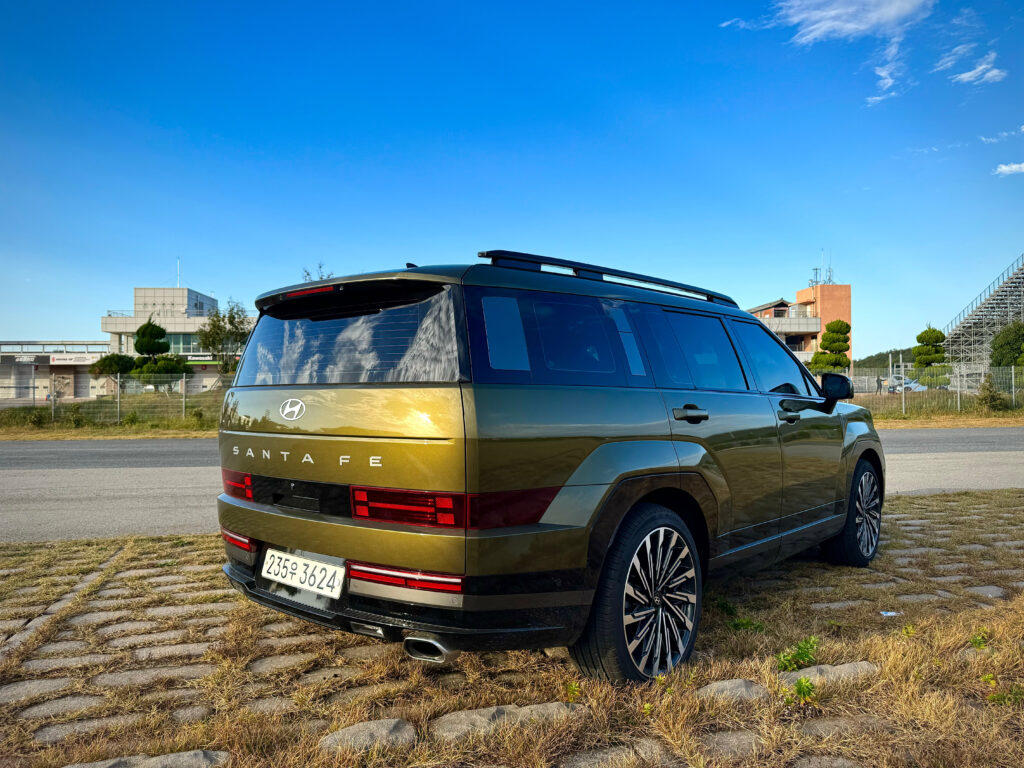
The angular rear design seamlessly flows into the front. The design incorporates straight lines for the seamless horizon daytime running lights above the grille, H lights in the headlamp, and the bumper. Curves are absent. From the hood to the trunk, the bold and extended contour lines, low beltline, and fenders that appear sharply angled exude strength.
The C-pillar features handles, making it easier to access outdoor equipment installed on the ceiling, such as roof boxes or rooftop tents. Despite its square design, giving the silhouette an appearance akin to a large SUV, the hierarchy leading from Tucson to Santa Fe to Palisade has been distinctly established.
The new Santa Fe’s length, width, and height measure 4830x1900x1780mm, respectively, representing an increase in length by 30mm and height by 70mm compared to the previous model. The wheelbase has grown by 50mm to 2815mm. Compared to the new Sorento, the width and wheelbase remain the same, while the length and height have increased by 15mm and 80mm, respectively. Despite the larger size and altered angles, the Santa Fe’s aerodynamic coefficient (Cd) stands at a respectable 0.29.
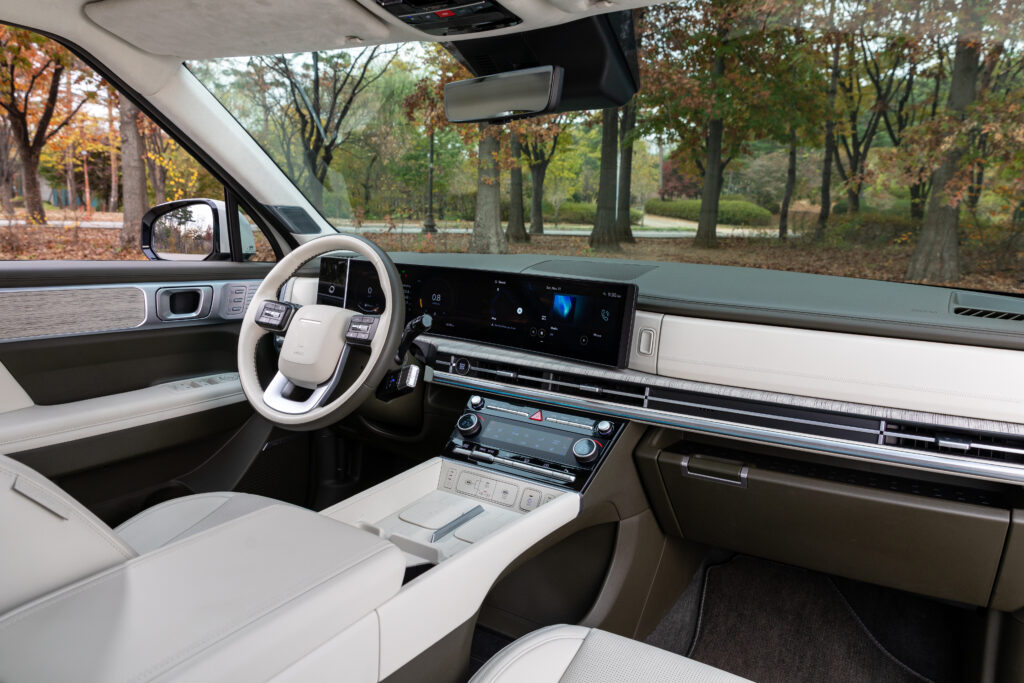
Just as the striking exterior catches attention, the interior exudes freshness. The main theme isn’t drastically different from the latest Hyundai models. Features include a panoramic curved display formed by connecting two 12.3-inch displays, a 6.6-inch touch-type air conditioner, a steering wheel devoid of the logo, and an electronic gear shift column. Embracing the idea of an outdoor SUV, the interior is equipped with ample storage spaces and passenger-centric amenities.
Notable examples include two smartphone wireless charging pads located in the floating-type first-row center tunnel, a center console box that opens both front and rear, and a center console storage box that slides toward the second-row passengers. The most appealing aspect is the copilot’s front storage space, offering a total of three spaces, including a glove box and an open tray on the dashboard. There are an astounding 14 cup holders.
The abundance of conveniences matches the spaciousness of the interior. It can accommodate five passengers by default, with options for six or seven seats. The first and second rows offer ample head and knee space, even for tall adults. While the third row can accommodate occupants who aren’t too tall, it might not be very comfortable. However, folding the third row provides extensive cargo space.
Hyundai Motor wanted to implement sustainability by using various eco-friendly materials in the new Santa Fe. Suede headlining, floor mats, and two- and three-row seat bags are made of recycled plastic, while crash pads, door trim covers, and more are made with eco-friendly artificial leather.
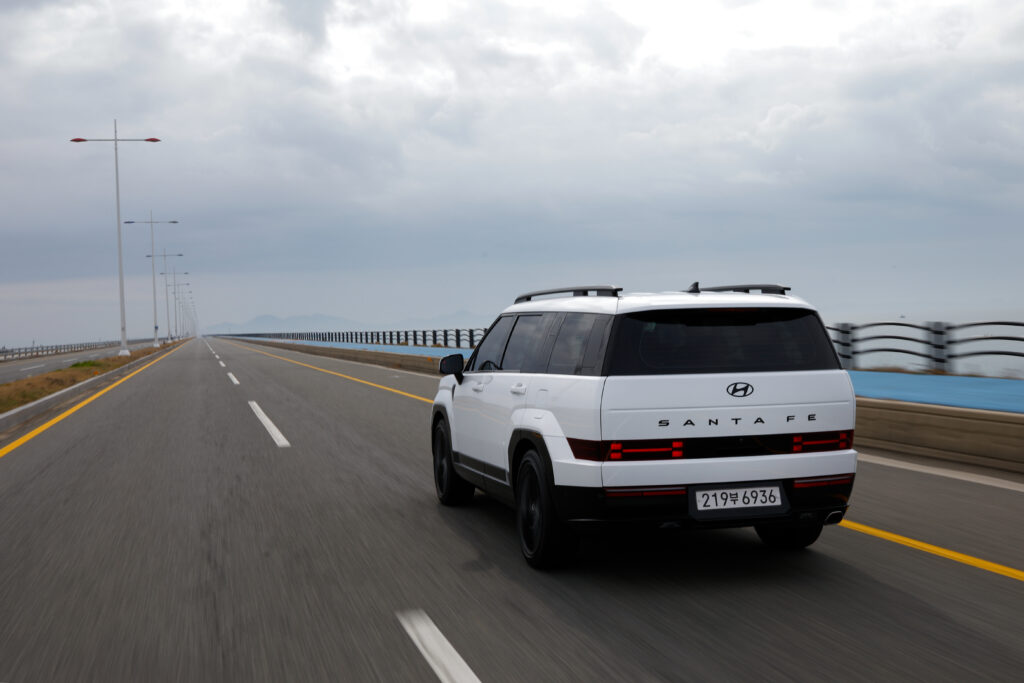
The vehicle tested specifications include a 2.5L turbocharged inline-4 engine paired with an 8-speed wet dual-clutch transmission (DCT), propelling the front wheels with a maximum output of 281 horsepower and a peak torque of 43 kg•m. Although it’s the same powertrain combination as the previous Santa Fe, it doesn’t lack power despite the increased size and weight. With an output close to 300 horsepower, it effortlessly accelerates in various speed ranges. While it may lack explosive acceleration (except for the sport mode), it’s easy to handle.
The robustly transformed suspension setup adds to the high-speed stability. It’s generally leisurely and smooth. Even when turning the steering wheel strongly in corners, it moves gracefully. It feels sporty yet well-controlled without reckless swaying. This setup guarantees comfort for second-row passengers. Additionally, Hyundai used double-laminated glass for the front and sides of the first and second rows, ensuring quietness inside. Even at high speeds, only gentle wind sounds can be heard inside.
The advanced systems applied to new Santa Fe kept you comfortable during drive. A forward collision avoidance assistance, a vehicle departure prevention assistance, a rear-lateral collision avoidance assistance, an intelligent speed restriction assistance, a rear/rear monitor, and driver caution alerts assist the driver in a variety of dangerous situations that may occur while driving. In addition, navigation-based smart cruise control, car maintenance assistance 2, and highway driving assistance 2 enhance driving stability and convenience.
The Santa Fe nameplate made its first appearance in 2000, followed by a second-generation (CM) that changed its style in 2005. After that, it changed its appearance for the first time in 7 years when the 3rd generation was released in 2012. Back in 2018 the 4th generation Santa Fe was launched., and released the full-change model again after 5 years, allowing us to see that the time in Santa Fe is not standing still.
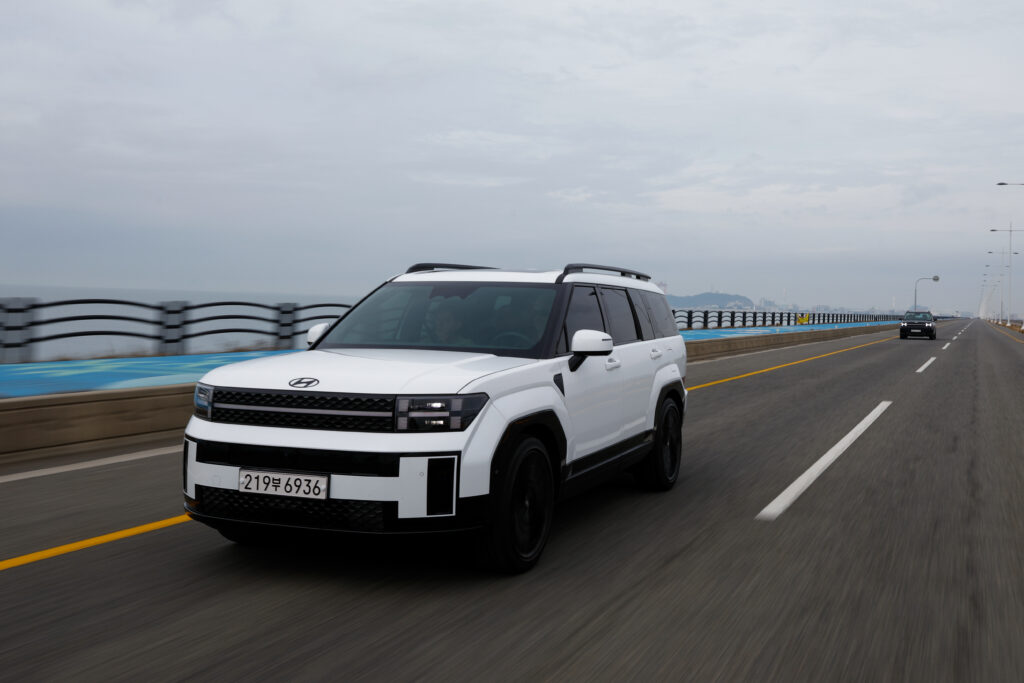
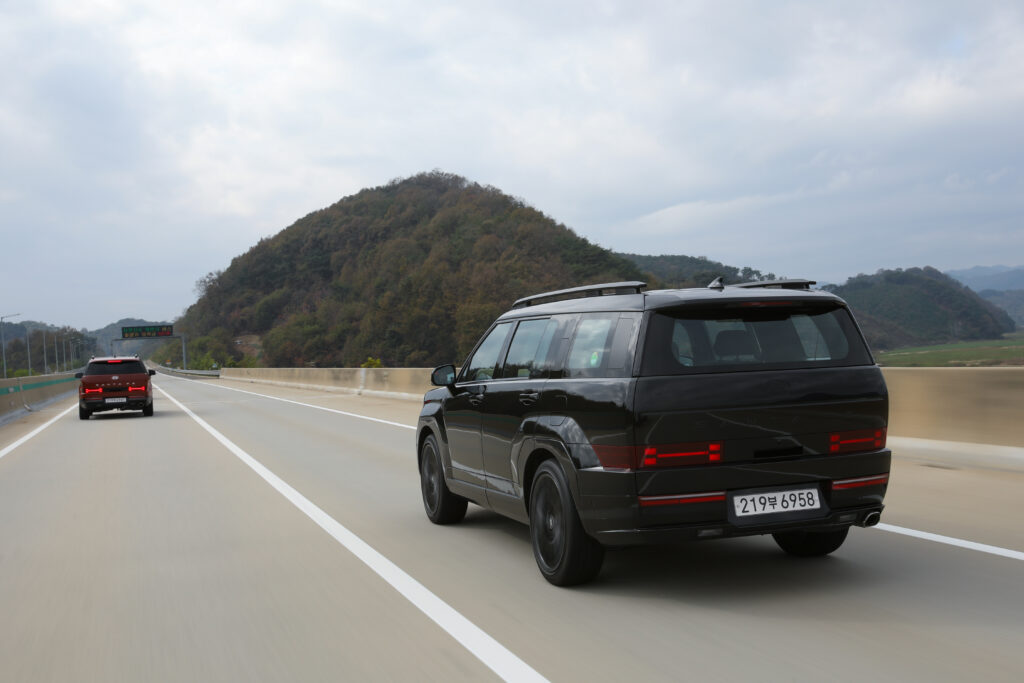
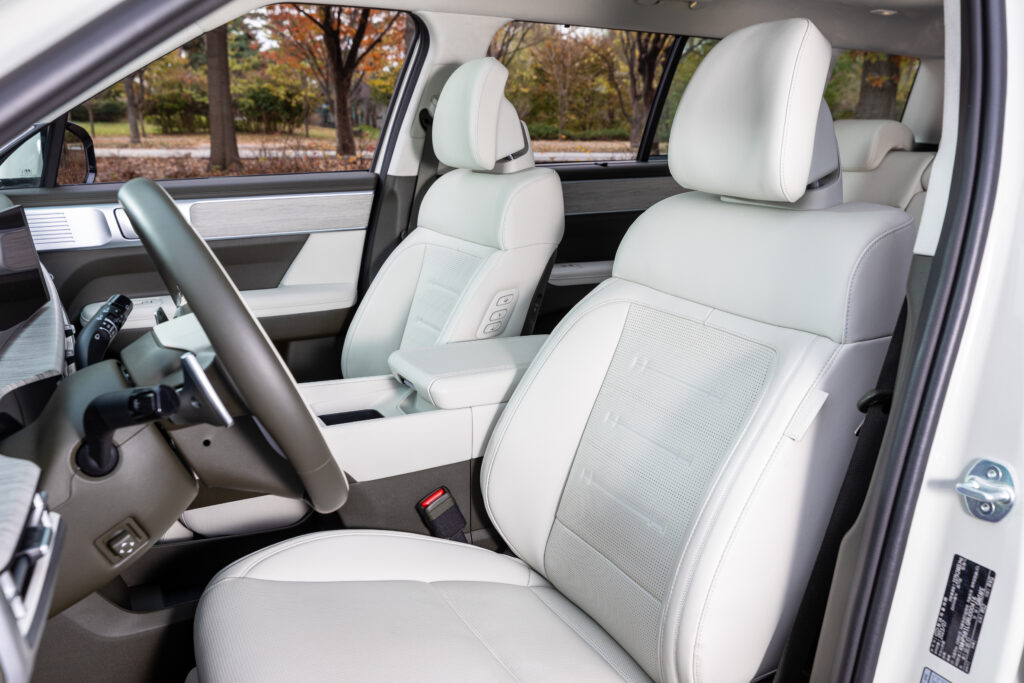
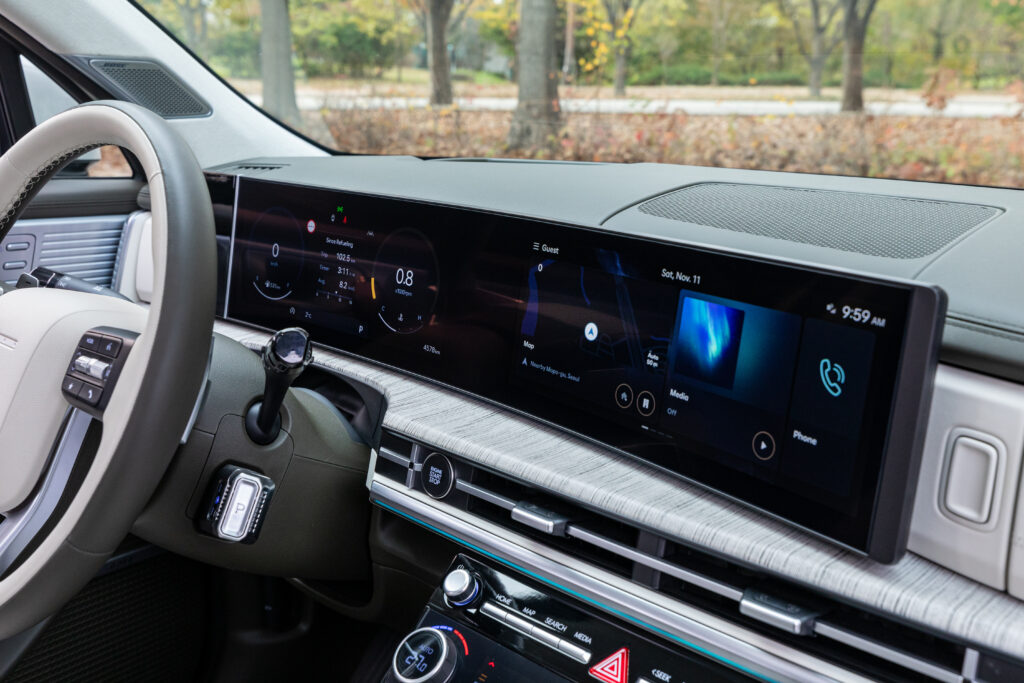
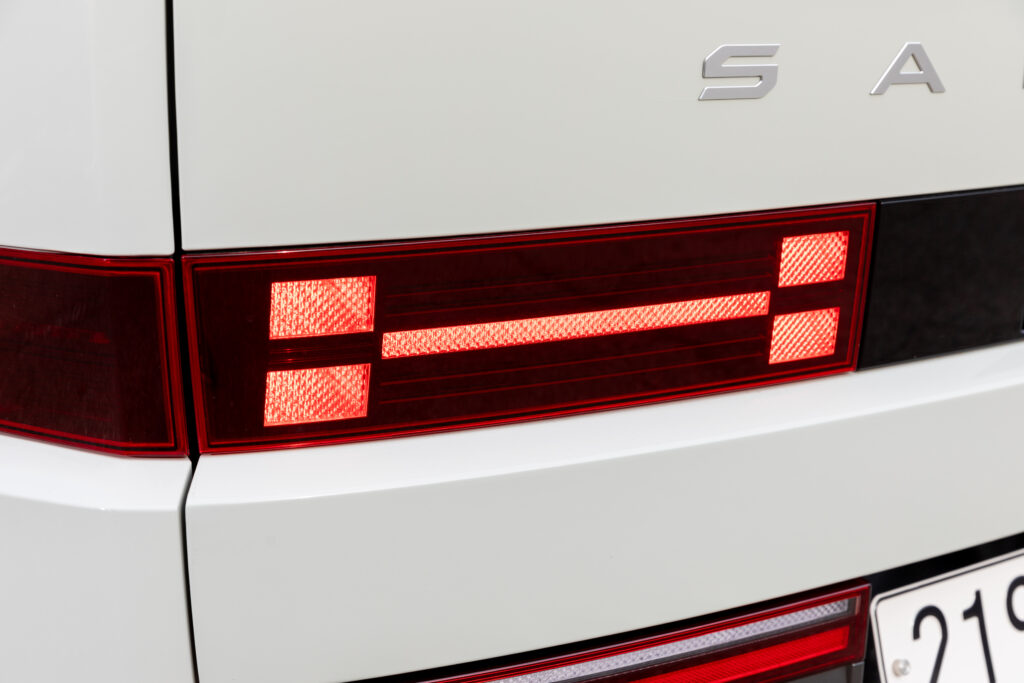
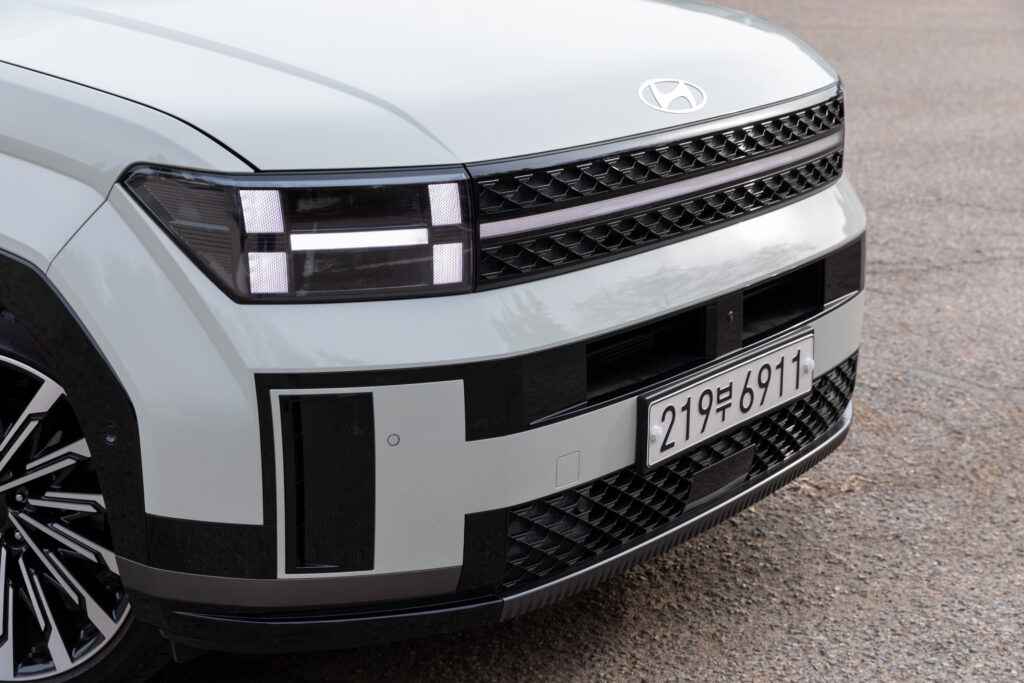
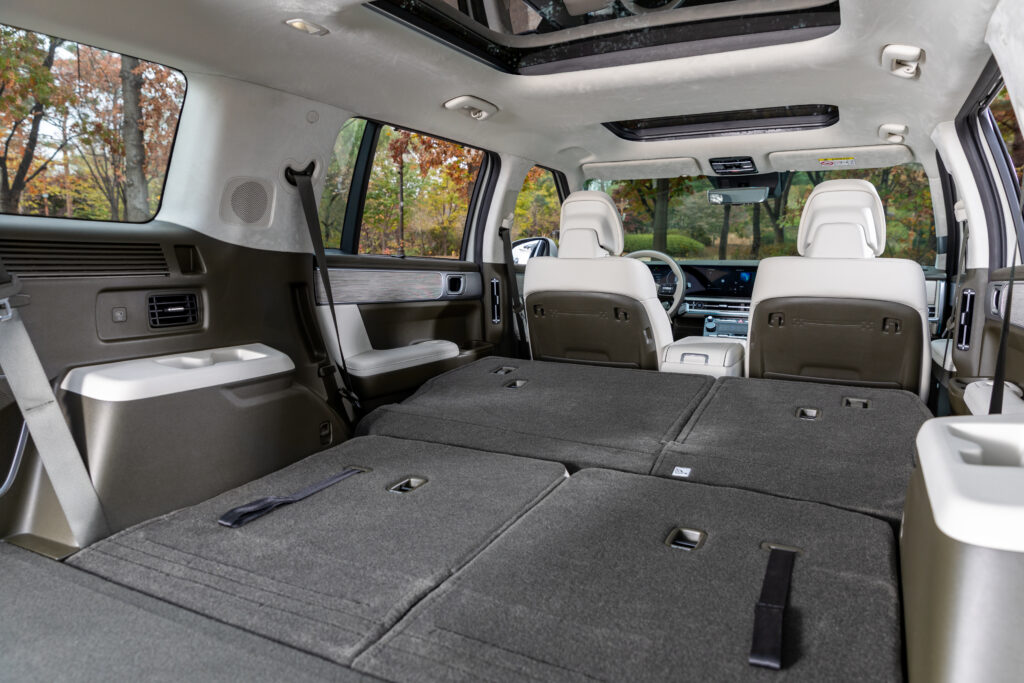
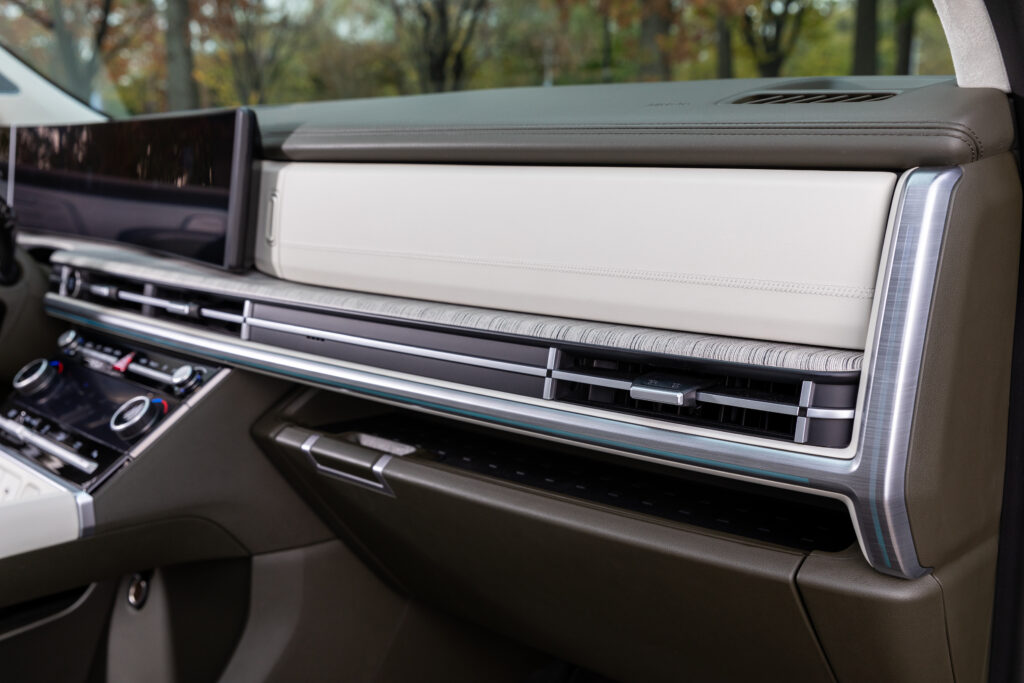
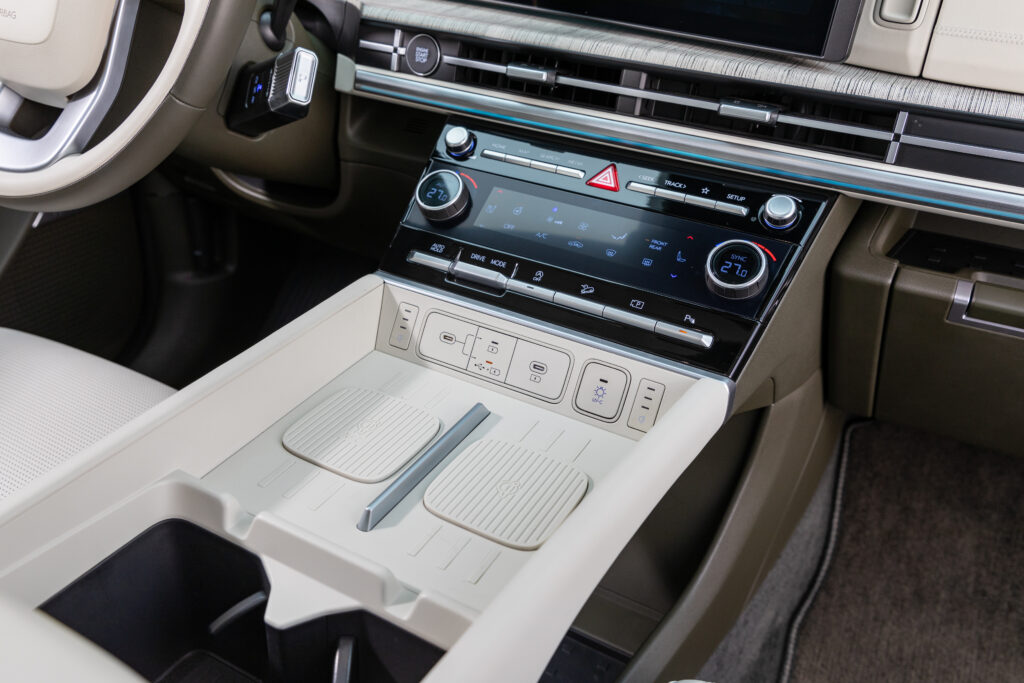
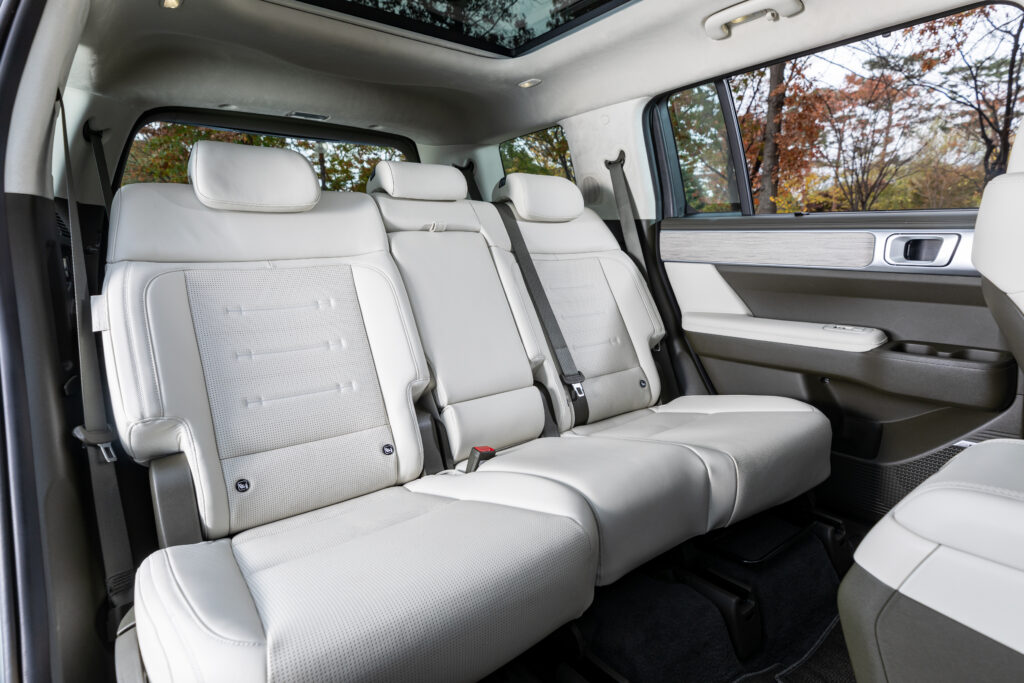
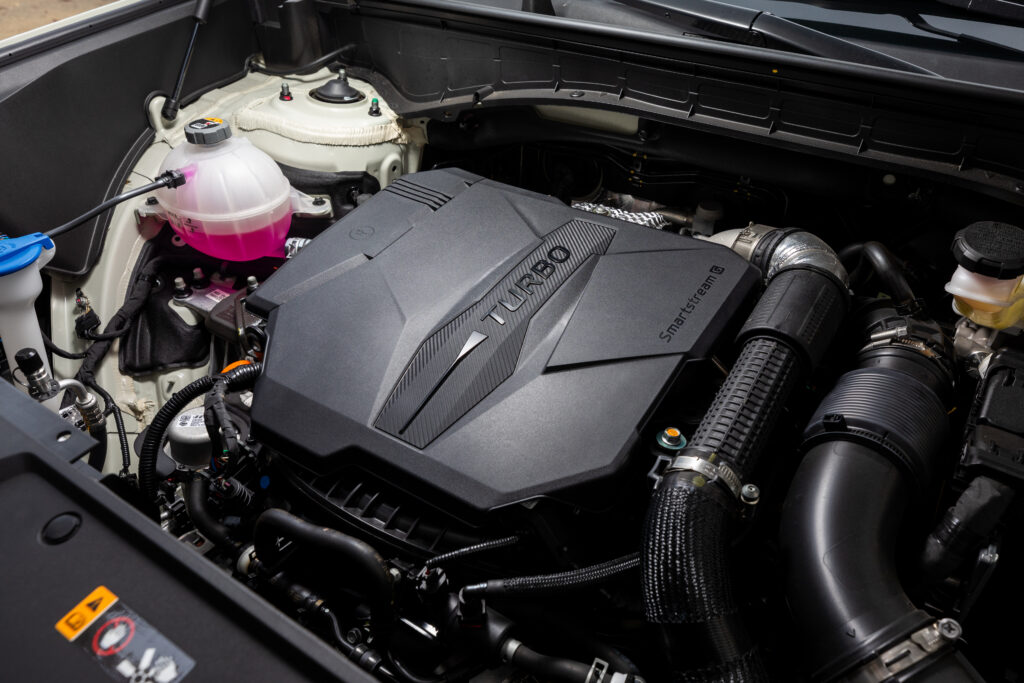
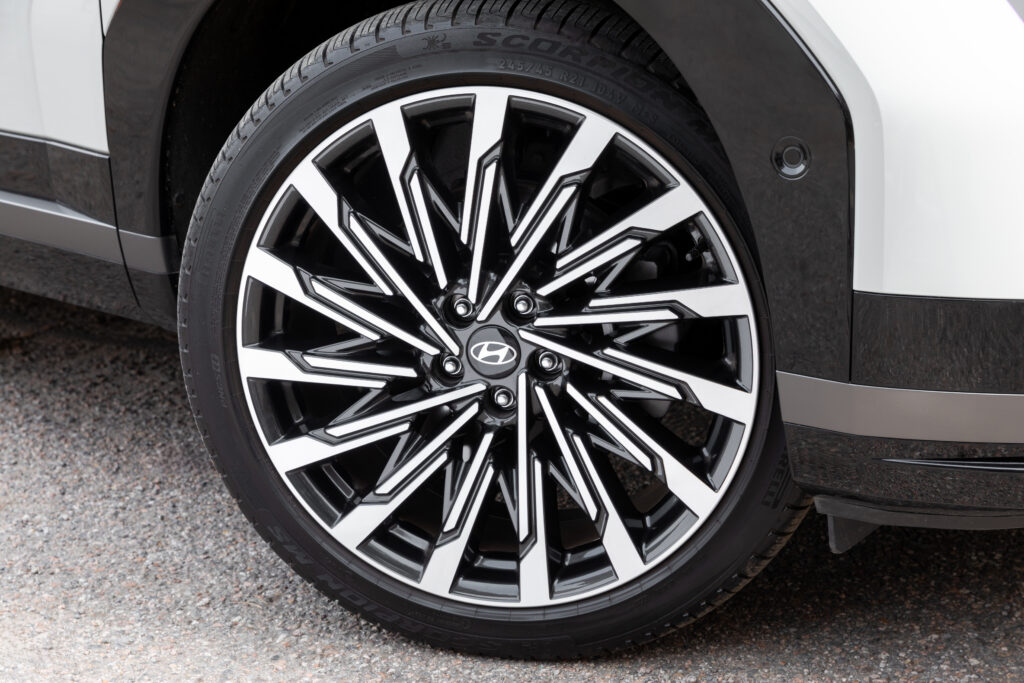
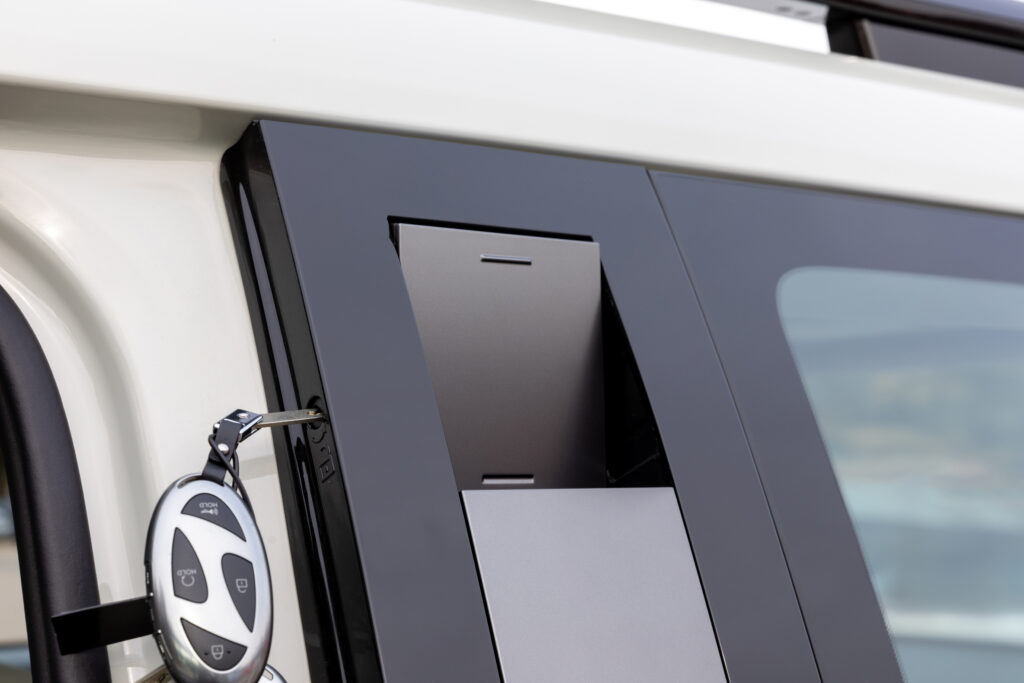
The unique idea of connecting city life and outdoor activities enabled the birth of the new Santa Fe. From design elements suitable for both city and nature settings to passenger-friendly amenities, generous interior space, comfortable ride comfort, and flawless performance, there’s hardly any flaw, except for the slightly time-consuming design to get accustomed to.
Conclusions:
The new Santa Fe has a robust and strong presence, a large tailgate that will allow you to experience a new outdoor lifestyle, the largest indoor space in its class, an optimal comfortable space for long-distance travel with your family, a variety of state-of-the-art comfort and safety specifications that are considerate of customers, and the combination of the customer’s preferred engine line-up and excellent driving and safety performance.

